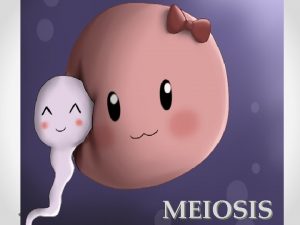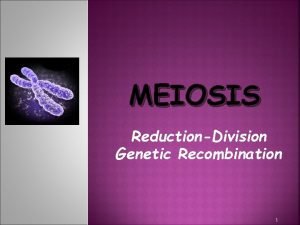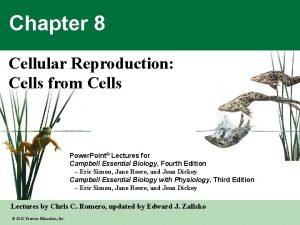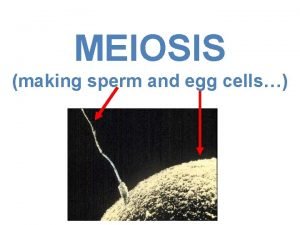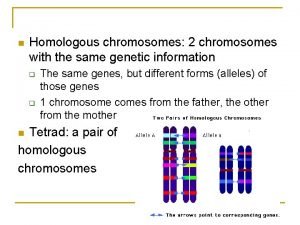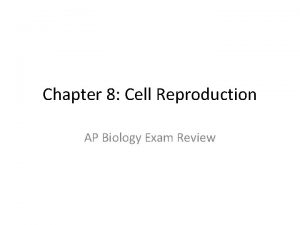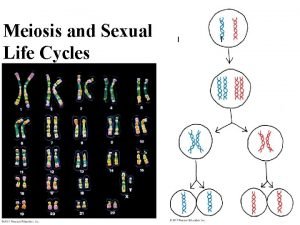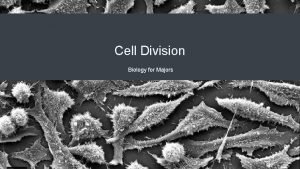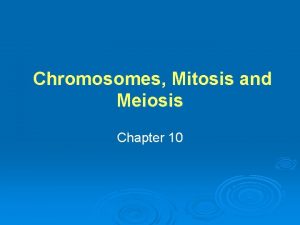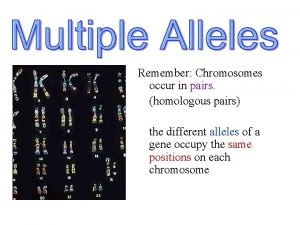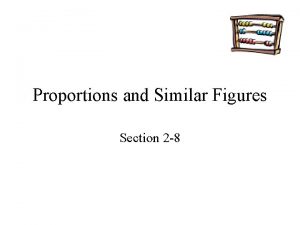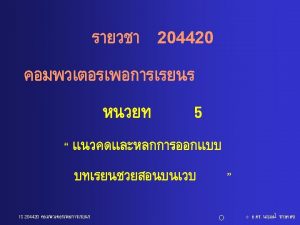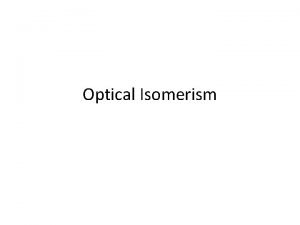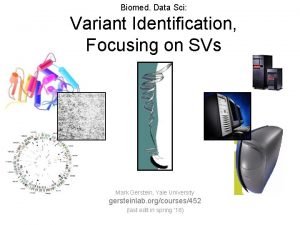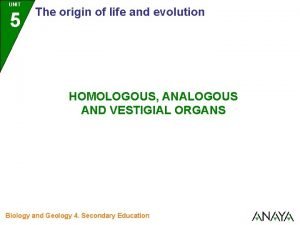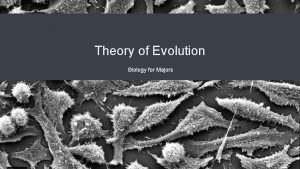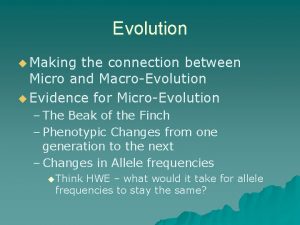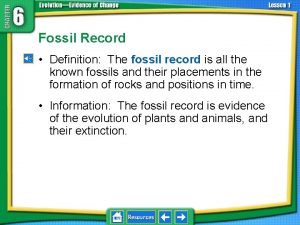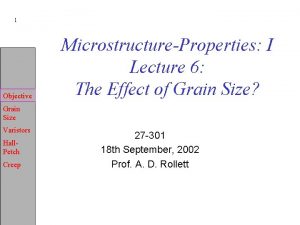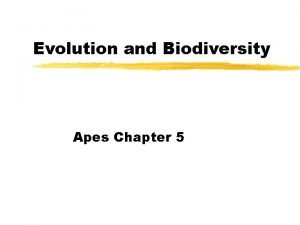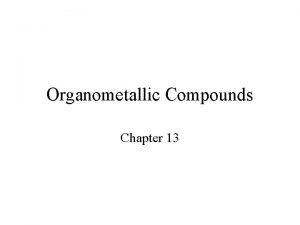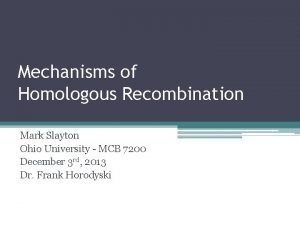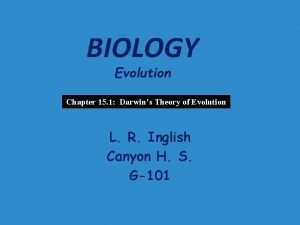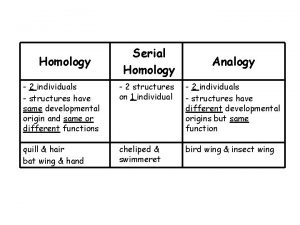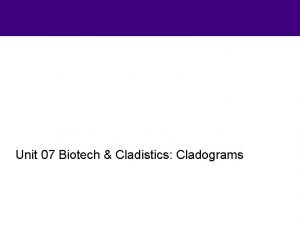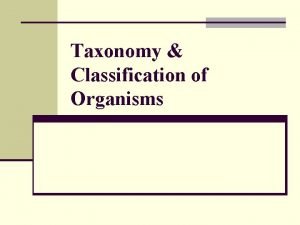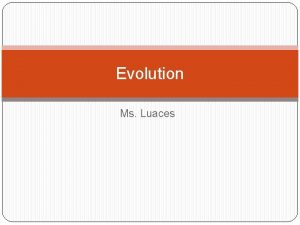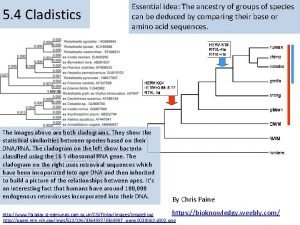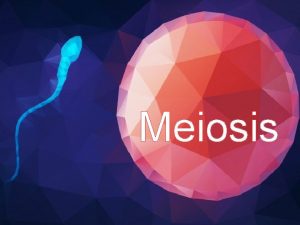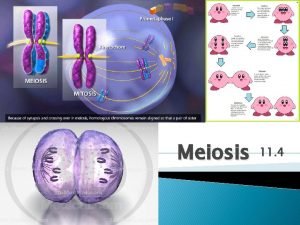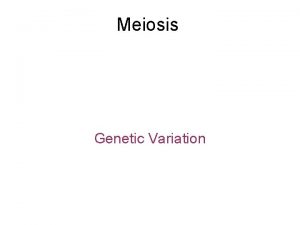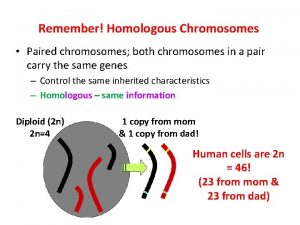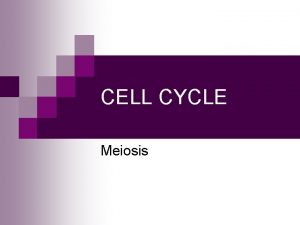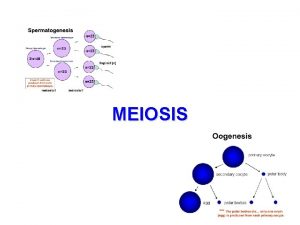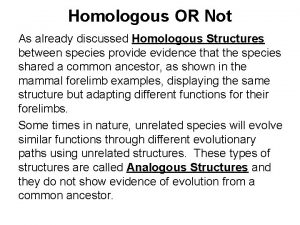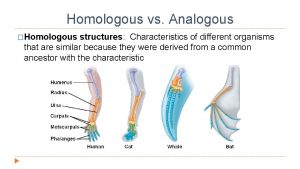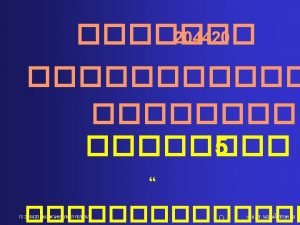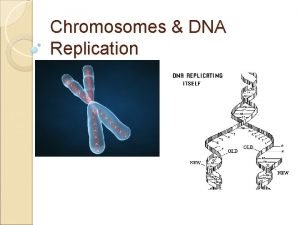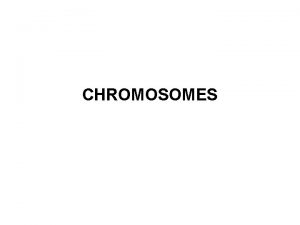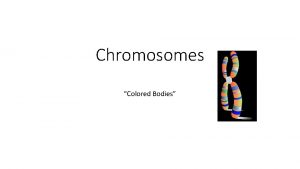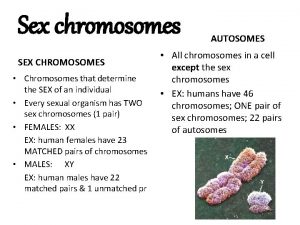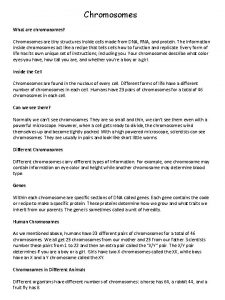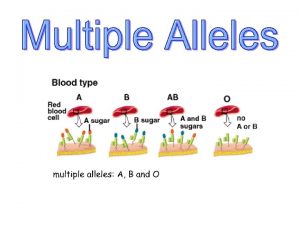n Homologous chromosomes 2 chromosomes with the same


































- Slides: 34

n Homologous chromosomes: 2 chromosomes with the same genetic information q q The same genes, but different forms (alleles) of those genes 1 chromosome comes from the father, the other from the mother Tetrad: a pair of homologous chromosomes n

Meiosis n Where does meiosis take place? q q n In the reproductive organs (testes, ovaries) Only carried out by the sex cells to produce gametes Gametes: ovum (egg) and sperm cells q q Each contains 22 autosomes and 1 sex chromosome (X or Y) In humans: gametes have a haploid number n=23, somatic cells have a diploid number 2 n=46

n Cells which are produced by meiosis are haploid – they only have half of the genetic material that is found in a somatic cell q q q They have 1 copy of each chromosome – the number of chromosomes is reduced during the first stage of meiosis n = # of chromosomes that are genetically different The gametes do not have homologous chromosomes

n There are 2 stages of meiosis q q n Meiosis II Over the course of these 2 stages, the cell will divide 2 times

Genetic Diversity n Produced by 2 different mechanisms: q q n n Crossing over between homologous chromosomes Independent assortment Reorganization of genetic information, AKA genetic recombination Diversity is important for a species because certain combinations of genes can better ensure the survival of individual organisms

Prophase I n n Homologous chromosomes synapse (pair up) to form tetrads (2 chromosomes, 4 chromatids) Crossing over may occur q q An exchange of genes between the pairs Chromatids overlap, break & exchange genetic information

Crossing Over

Metaphase I n The tetrads line up on the equatorial plate q n Spindle fibre attached to the centromere of each chromosome Independent assortment happens here q q q No specific order in which the tetrads line up DNA from the father could go to either pole, same for the DNA from the mother Results in a random distribution of genetic information from the parents

Independent Assortment Mother XX Father x xx Mother Father X XX

Anaphase I n n The tetrads are separated & each chromosome is pulled towards a different pole Sister chromatids stay attached – there is no separation at the centromere

Telophase I n n Cytoplasmic division – like in mitosis Some cells: cytokinesis does not fully occur & the cells pass straight to the 2 nd divsion Each new cell now has only 1 copy of each chromosome – haploid The 2 daughter cells are not identical to each other or to the parent cell

Meiosis II n n n The stages of meiosis II are identical to the stages of mitosis The cells at the end of the 2 nd division are haploid New cells are now called “gametes” or “spores” (plant cells)

Gametogenesis n n Formation of sex cells (gametes) during meiosis Male & female gametes both undergo meiosis, but there are some differences Spermatogenesis – formation of sperm cells Oogenesis – formation of egg cells

Spermatogenesis n n n Occurs in the testes Males produce 1 billion sperm cells each day At the end of meiosis II: q q Cytoplasm is divided equally between the 4 daughter cells Cells become specialized – streamlined for movement, develop flagella



Oogenesis n n Occurs in the ovaries Females begin with 2 million oocytes (potential to develop in to egg cells) q q q ~300 000 remaining by time of sexual maturity ~400 – 500 actually go through meiosis (from ~ 12 years to ~ 50 years) Meiosis occurs once each month to produce an egg cell n if the cell is not fertilized, the egg and other tissues that would be used for pregnancy are released from the body during menstruation

n Each oocyte goes through meiosis to produce 4 daughter cells q q q Due to an unequal division of cytoplasm, only 1 becomes an ootid Produces 3 polar bodies which are reabsorbed by the body Egg cells need cytoplasm, organelles & nutrients for cell division in case of fertilization



Sex Chromosomes n n Females have 22 pairs of homologous autosomes & 1 pair of double X sex chromosomes One X chromosome came from her mother, one came from her father


n n n Males have 22 pairs of homologous autosomes, 1 X sex chromosome and 1 Y sex chromosome Although not the same shape, the XY pair acts as homologous during meiosis The X chromosome came from his mother, the Y chromosome came from his father



Karyotype n n n A karyotype is a picture of an organism’s chromosomes, laid out so that the homologous pairs are side by side Ordered by size Sex chromosomes are always last

Errors n n During meiosis – errors are possible Mutation – error in the DNA q n Can be transmitted from one generation to the next when 2 gametes come together to form a zygote Cells with too much or too little genetic information will not function correctly

Nondisjunction n n Nondisjunction – incorrect separation of chromosomes during Anaphase I or Anaphase II If it happens during. . . q q Anaphase I: results in 4 abnormal cells Anaphase II: results in 2 normal cells, 2 abnormal cells

n n If a gamete with an extra chromosome is fertilized by a normal gamete. . . Trisomy – one chromosome too many

Trisomy – the number refers to which homologous pair has an extra chromosome n Trisomy 21 – Down Syndrome q n Trisomy 18 – Edwards Syndrome q n Small stature, large, shortened head, round face, mental deficiency Numerous physical and mental anomalies Trisomy 13 – Patau Syndrom q Numerous physical anomalies

n More commonly: nondisjunction involves the sex chromosomes

The union of abnormal eggs with normal sperm The union of abnormal sperm with normal eggs

Sex Chromosome Trisomy n n XXY – Klinefelter Syndrome q Male with the presence of feminine secondary sex characteristics XXX – Triple X Syndrome q Normal female, not often diagnosed XO – Turner Syndrome q Female, short, thick body, short neck, non-functioning ovaries Petite stature, corps massif, court, ovaires non fonctionnels XYY Syndrome q Male, taller than average height

n If the sister chromatids do not separate during Anaphase II, the gamete will be diploid q Diploid + haploid = triploid (3 n) n q 3 sets of chromosomes More than 2 sets of chromosomes - polyploid
 2n haploid or diploid
2n haploid or diploid Do sister chromatids have the same alleles
Do sister chromatids have the same alleles Meiosis homologous chromosomes
Meiosis homologous chromosomes Synapsed homologous chromosomes
Synapsed homologous chromosomes Homologous chromosomes meaning
Homologous chromosomes meaning Random orientation of homologous chromosomes
Random orientation of homologous chromosomes Unreplicated homologous chromosomes
Unreplicated homologous chromosomes Nonsister chromatids
Nonsister chromatids Non kinetochore microtubules
Non kinetochore microtubules Chiasmata formation takes place in which stage
Chiasmata formation takes place in which stage Homologous chromosome pair
Homologous chromosome pair Similar figures have the same but not necessarily the same
Similar figures have the same but not necessarily the same Similar triangles and polygons
Similar triangles and polygons Same place same time
Same place same time Same place same passion
Same place same passion E z cis trans
E z cis trans Non-allelic homologous recombination
Non-allelic homologous recombination Vestigial structure biology
Vestigial structure biology What is homologous series
What is homologous series Homologous and analogous
Homologous and analogous Function of homologous structure
Function of homologous structure Maple leaf and oak leaf homologous
Maple leaf and oak leaf homologous Defintion of a fossil
Defintion of a fossil Homologous temperature
Homologous temperature How are the whale flipper and the human arm different
How are the whale flipper and the human arm different Microevolution
Microevolution 18 electron rule
18 electron rule Homologous recombination repair
Homologous recombination repair Shortened structural formula
Shortened structural formula Chapter 15 darwin's theory of evolution section review 15-1
Chapter 15 darwin's theory of evolution section review 15-1 Serial homology definition
Serial homology definition Analogous structures vs homologous
Analogous structures vs homologous Which evidence did carl linnaeus use to classify organisms?
Which evidence did carl linnaeus use to classify organisms? Homologous analogous
Homologous analogous Analogous vs homologous traits
Analogous vs homologous traits
